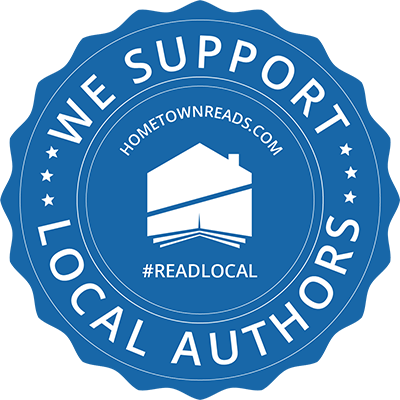In this chaotic time when people are hoarding toilet paper and thermometers, and understandably so, as a writer, you can take this time to write, create, and outline your next project.
I recall hearing the story once of how Nora Roberts got started in the industry. She was at home with her boys during a snowstorm for a few days. After exhausting every avenue, she turned to writing to occupy her mind and creativity.
If you’re not sure where to start, write (or type) a list of 20.
- Chapter 1: write 1 – 2 sentences about what the main action will be in chapter 1.
- Chapter 2: write 1- 2 sentences about the main action in Chapter 2.
And so on.
Or, another way to get started on a new project is to start a file folder on the location or people you’d like to write about. Find articles, photos, or items online or in magazines that trigger a scene in your mind that you want to write about.
For instance, if you’re researching Scotland, you might put a few photos of the country’s beautiful countryside in your file folder, then later write a scene about your characters spending a day in the outdoors there. Visual tools can help get the creative juices flowing.
Some writers can begin typing as soon as they open a blank page, but most people seem to need to have an idea in their mind before they begin. No matter how you get started, don’t procrastinate another day. Make small, reachable goals for yourself.
Whether you’re writing 100 words a day or 10,000 words, make a goal to write so many words a day 6 days a week, with taking 1 day off to recharge.
Reward yourself for reaching your goals. After 21 days of writing 100 words or day (or more), it’ll become a habit for you and be much easier to get started each day.
If you need more ideas on how to get started, reading author interviews are a great way to learn from the pros on how they did it.
Good luck, and happy writing!



